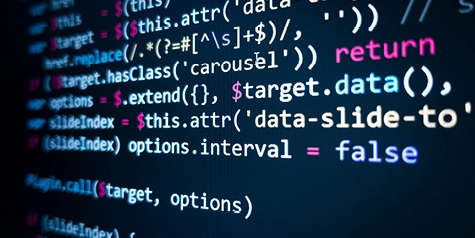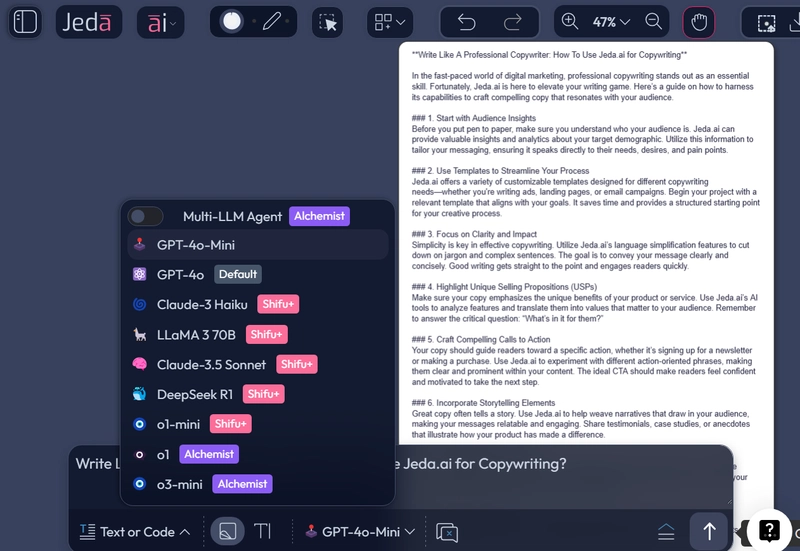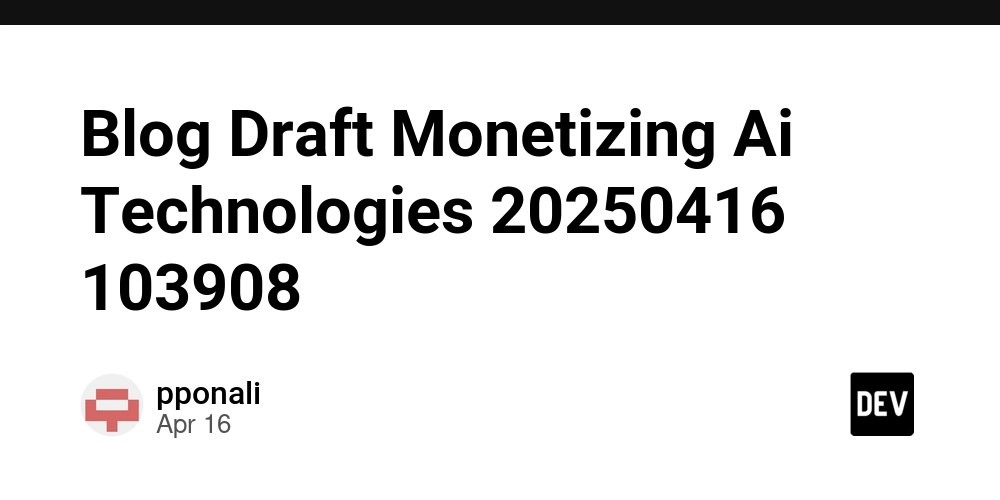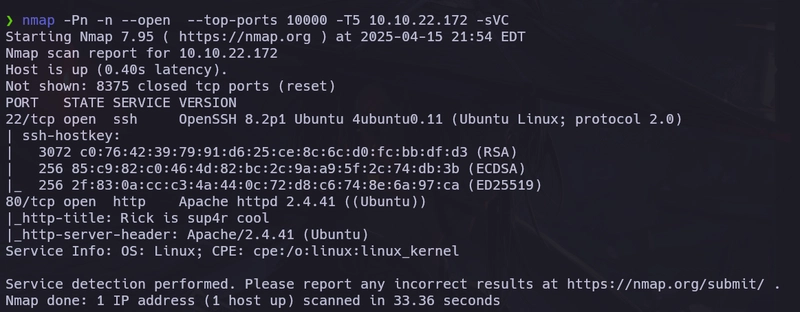How to Find Code Plagiarism: A Quick Guide for Teachers
As Software Integrity Specialists at Codequiry, we understand that Code Plagiarism is a persistent challenge for computer science instructors and professors. Ensuring academic integrity requires efficient tools and strategies, especially as students increasingly access online resources. This quick guide from our team outlines how educators can use Codequiry to detect plagiarism and maintain fairness in assessments. Step 1: Upload and Analyze Submissions Getting started is simple. We’ve made it easy to upload student code files to Codequiry, where our system compares them against each other and web-based sources. This peer-to-peer and online matching quickly flags instances of plagiarism, saving hours of manual effort. Results are presented clearly, with highlighted similarities for easy review. Step 2: Interpret Results with Context Codequiry doesn’t accuse—it investigates. When potential plagiarism is detected, we encourage you to review the similarity report to understand the context. Are there common patterns from shared resources, or does the overlap suggest intentional reuse? This step empowers educators to make informed decisions rather than relying solely on automation. Step 3: Promote Best Practices We suggest using findings as an opportunity to educate students. Discuss proper citation of code sources and the importance of original work. By addressing code plagiarism proactively, you reinforce academic integrity and help students develop ethical coding habits—skills they’ll carry into their careers. Conclusion Detecting code plagiarism doesn’t have to be daunting. With Codequiry, our team helps educators efficiently safeguard integrity while focusing on teaching. Visit Codequiry to learn how we support institutions worldwide in fostering originality in coding education.

As Software Integrity Specialists at Codequiry, we understand that Code Plagiarism is a persistent challenge for computer science instructors and professors. Ensuring academic integrity requires efficient tools and strategies, especially as students increasingly access online resources. This quick guide from our team outlines how educators can use Codequiry to detect plagiarism and maintain fairness in assessments.
Step 1: Upload and Analyze Submissions
Getting started is simple. We’ve made it easy to upload student code files to Codequiry, where our system compares them against each other and web-based sources. This peer-to-peer and online matching quickly flags instances of plagiarism, saving hours of manual effort. Results are presented clearly, with highlighted similarities for easy review.
Step 2: Interpret Results with Context
Codequiry doesn’t accuse—it investigates. When potential plagiarism is detected, we encourage you to review the similarity report to understand the context. Are there common patterns from shared resources, or does the overlap suggest intentional reuse? This step empowers educators to make informed decisions rather than relying solely on automation.
Step 3: Promote Best Practices
We suggest using findings as an opportunity to educate students. Discuss proper citation of code sources and the importance of original work. By addressing code plagiarism proactively, you reinforce academic integrity and help students develop ethical coding habits—skills they’ll carry into their careers.
Conclusion
Detecting code plagiarism doesn’t have to be daunting. With Codequiry, our team helps educators efficiently safeguard integrity while focusing on teaching. Visit Codequiry to learn how we support institutions worldwide in fostering originality in coding education.






































































